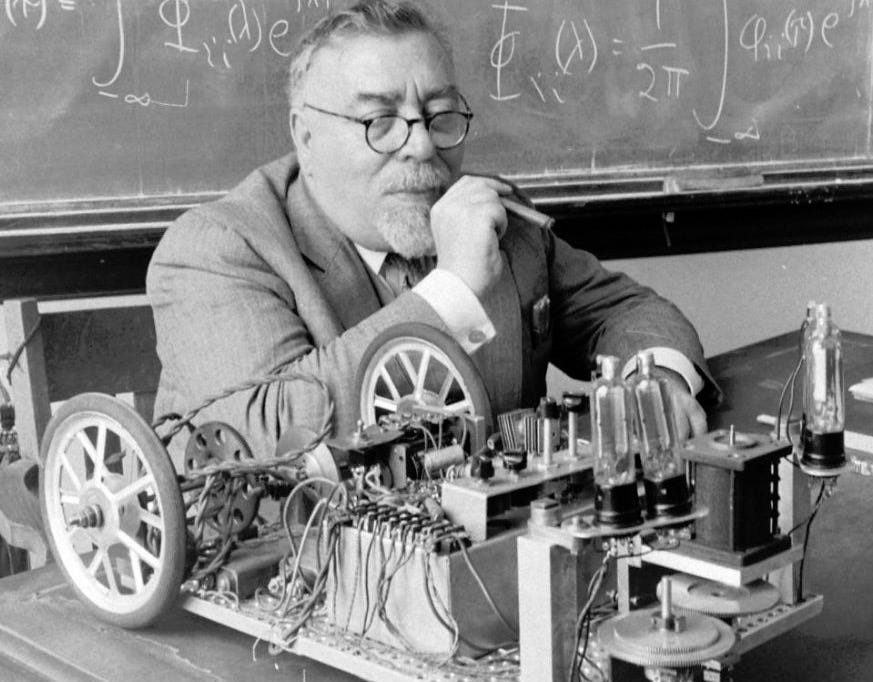Strong Men and Strong Machines
Early warnings.
“The machines will do what we ask them to do and not what we ought to ask them to do.”
—Norbert Wiener
1.
In his 1950 book The Human Use of Human Beings, Norbert Wiener, the pioneering information theorist, tells the story of an early misreading of scientific evidence. After the invention of the microscope at the start of the seventeenth century, natural philosophers rushed to examine all kinds of substances with the new device. But one obvious candidate for such inspection — semen — they shied away from, fearful that such an interest might be deemed unseemly, if not depraved. Finally, in 1677, the intrepid Dutch scientist and inventor Antony van Leeuwenhoek placed a dab of his own ejaculate onto a slide and gave it a look. What he found, much to his amazement, was a swarm of wriggling little wormlike creatures, or “animalcules.”
Having discovered the male spermatozoon but not yet its much rarer female counterpart, the ovum, biologist…


